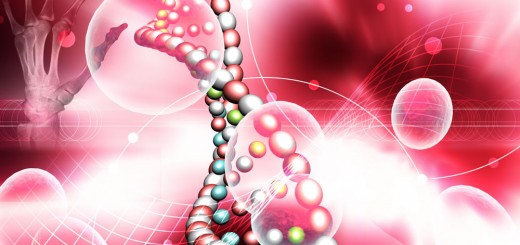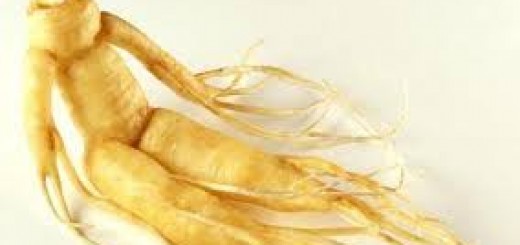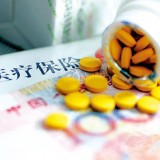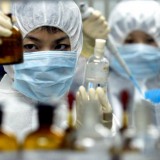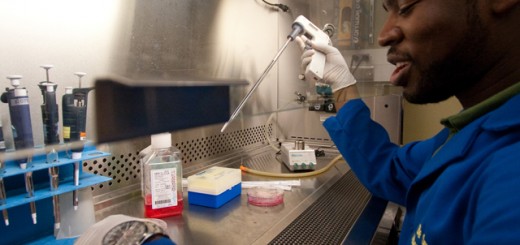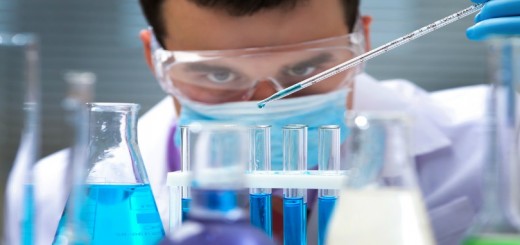Alzheimer’s disease (AD), also known as Alzheimer disease, is the most common form of dementia. Initial symptoms are often mistaken for ‘age-related’ concerns, or manifestations of stress. The most common early symptom is short term memory loss—difficulty in remembering recent events. In 2006, there were 26.6 million people worldwide with AD. Alzheimer’s is predicted to affect 1 in 85 individuals globally by 2050.
Alzheimer’s disease is characterised by loss of neurons (especially cholinergic neurons) and synapses in the cerebral cortex and certain subcortical regions. This loss results in gross atrophy of the affected regions, including degeneration in the temporal lobe and parietal lobe, and parts of the frontal cortex and cingulate gyrus. There is no cure for the disease, which worsens as it progresses, and eventually leads to death.
Ginseng has been used medicinally in the Far East for several millennia and is currently one of the most widely taken herbal products throughout the world. It has been attributed with a plethora of physiological effects that could potentially benefit cognitive performance or mood.
There are fewer stem cells in the brains of people with Alzheimer’s disease compared to healthy people of the same age, and the transplanted human stem cells can produce new nerve cells and significantly improve cognitive function.
Recently, several studies have demonstrated that that treatment with the total saponins of Panax ginseng promoted the proliferation and differentiation of a number of stem cells, including human embryonic neural stem cells and mouse embryonic stem cells. Mesenchymal stem cells, or MSCs, are multipotent stromal cells that can differentiate into a variety of cell types such as chondrocytes, osteoblasts, and neurons. Therefore, the combination use of ginsenosides with mesenchymal stem cells is expected to benefit demented patients.
Dr. Wu from Jilin University expeirmented this combination on the rat model of Alzheimer’s disease and achieved encouraging results.
The Alzheimer’s disease was replicated with consequent decrease in cholinergic neurons and impaired learning and memory abilities on rats. When ginsenoside Rg1plus mesenchymal stem cell transplantation were administered, the number of cholinergic neurons was much higher than the diseased model, and the learning and memory abilities were also improved accordingly. Further mechanistic investigation found the combination treatment up-regulated the expression of nerve growth factor and its receptors on neurons, which are important for the growth, maintenance, and survival of target neurons.
Stem cell transplantation is an emerging therapy for various diseases. Current research suggests the combination use of ginsenoside Rg1 and stem cells could be an useful treatment for Alzheimer’s disease.















